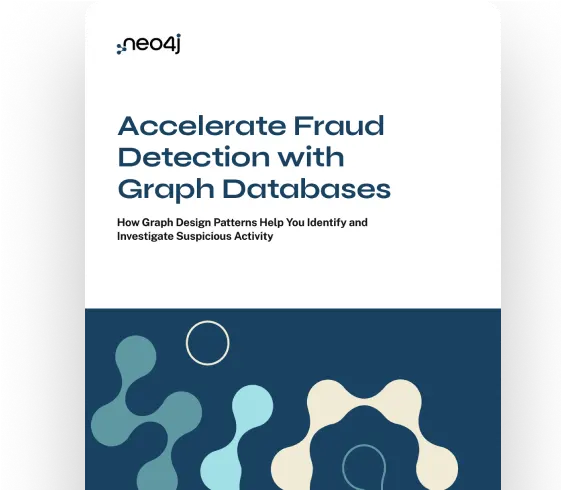
How Knowledge Graphs Boost Fraud Detection Accuracy
Learn how to build more accurate, sophisticated fraud detection apps with graph databases that find previously missed fraud and reduce false positives.
Read the GuideFraudsters operate in rings, not in isolation. Build apps that uncover patterns in your data to identify sophisticated scams other tools miss.
Build apps that find fraud patterns 1000x faster than relational databases—no JOINs required.
Quickly incorporate new data to outpace fraudsters without refactoring the database or rewriting code.
Easily integrate an enterprise-grade graph database with your cloud data infrastructure.

Learn how to build more accurate, sophisticated fraud detection apps with graph databases that find previously missed fraud and reduce false positives.
Read the GuideCapabilities
Match recursive and other hard-to-find fraud patterns in data and relationships using the Cypher Query Language. Use powerful graph visualizations to discover new patterns.
See It In ActionContinuously enrich your knowledge graphs using a flexible graph database schema.
Easily integrate with native cloud services, scale up to handle increasing user and transaction counts, all with enterprise-grade reliability and security.
Use pathfinding and data science algorithms to find connections to known fraudsters and uncover the hidden intermediaries. Use entity resolution to easily identify fake profiles.
Evolve your fraud detection apps with a graph database to easily detect money laundering activities. Whether it's a circular movement of money, structured deposits, or inconsistent documentation, you can quickly uncover hidden patterns and suspicious activity.
Learn More About Transaction Fraud RingsSpeed up fraud investigations by visualizing the interactions among the insured, third-party providers, experts, and other actors to more easily identify collusion, duplicate claims, and staged losses.
See a Claims Fraud ExampleExpose fraudsters, such as ghost brokers, that use fake websites to trick unsuspecting consumers into purchasing insurance or credit instruments through them. Find the hidden connections among seemingly unrelated requests to uncover their fraudulent activities.
Learn about Quote FraudIdentify account takeovers by discovering shared assets being used to access multiple accounts. Trace the flow of fraudulent gains to find out how they exit the fraud network.
Explore Account Takeover Example